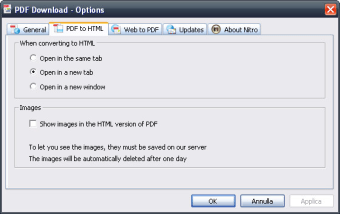
% Get the first "Entry"'s children % Remember that java arrays are zero-basedįriendlyInfo = em(0).getChildNodes % Get the "AddressBook" nodeĪddressBookNode = docNode.getDocumentElement To do this I’m going to start the root node, “ AddressBook.” From there I will walk down the tree to AddressBook/Entry/PhoneNumber and get the the text of the PhoneNumber node. Let’s say I want to find Friendly’s phone number. The first way makes use of the structure of the tree and relationship of the nodes, the second uses the XPath language to precisely pick out a node.

Both of the ways I describe here once again take advantage of the Java environment that runs with MATLAB. There are at least two ways to navigate the tree in MATLAB. Remember, you can create a new tree or read one into MATLAB using the xmlwrite function.įor your reference, here are the other parts in the series: This week I answer the question:” now that I have a tree, how can I extract data from it?” I’ll continue to use the AddressBook example from the last post.
MATLAB GPX READER SERIES
Last time in my XML in MATLAB series I explained the steps needed to create an XML DOM structure and build up an XML tree. We’ll be back to the new MATLAB R2010b features next week. Since I’ve had a request to cover this topic, I’ve moved it up in the schedule.

As of mapping-1.2.0, there's a basic mapshow.This week I’m posting the third part in my series on using XML.There's some work to do on unifying output formats. No separate functions for individual file format are required. As of mapping-1.2.1, rasterread can read any raster file that the GDAL library supports see.It is unclear yet if we need to follow this route as classdef support in Octave is still experimental and has no file I/O. Recent matlab mapping toolbox versions are classdef-based. Matlab compatibility suggests the mapping package, but based on similar functionality the geometry package is probably a better home.Īnyway the mapping package has the geometry package as a required dependency. In fact there was a discussion about which functions belong where. Bugs are not listed here, search and report them on the bug tracker instead.Īs a number of polygon functions in the mapping package relate to geometry stuff, chances are that some of that lacking functionality is already present in the geometry package. Please try them out and report issues in the bug tracker with "(mapping)" tag in the title.įollows an incomplete list of stuff missing in the mapping package to be matlab compatible. Several functions in the current mapping package release (1.4.2) and upcoming (1.4.3?) haven't had much testing. The current roadmap is to further integrate Felipe Nievinsky's geodesy toolbox, updated by M. Patches have been submitted and integrated. I (current mapping pkg maintainer) have little need nor much experience with this subject => help welcome! BTW there's an OF proj package that offers some of the functionality. Implement support for projections and coordinate transformations.Maybe add wrapper functions around rasterread and rasterwrite (for e.g., geotiff, ASCII grid, etc.).Please contact package maintainer, there's already a C++ skeleton.



 0 kommentar(er)
0 kommentar(er)
